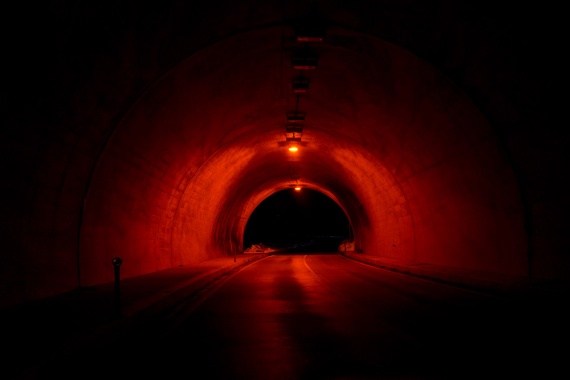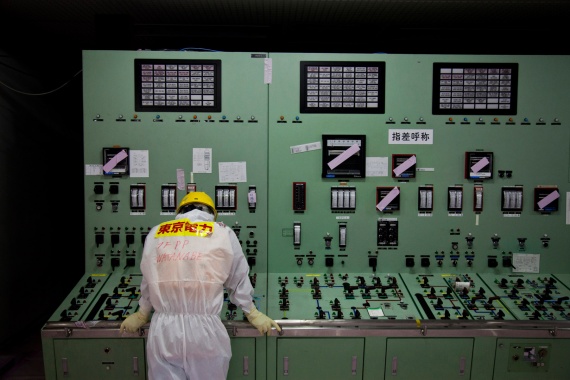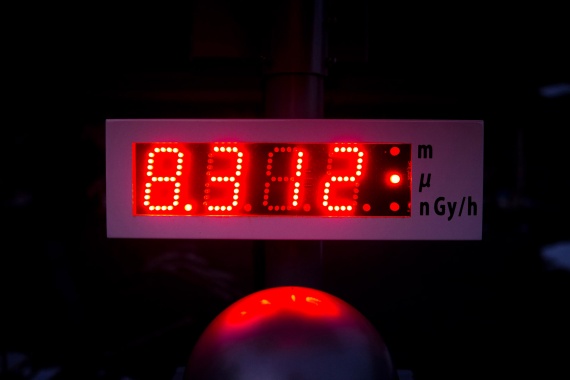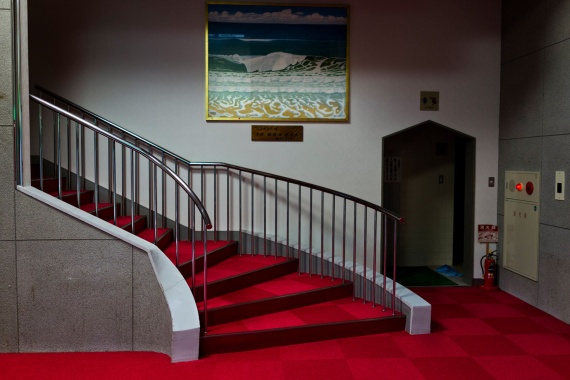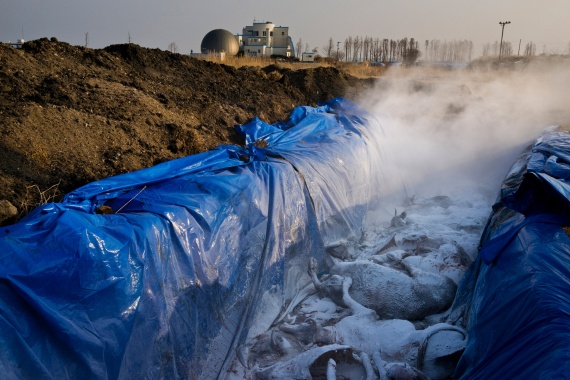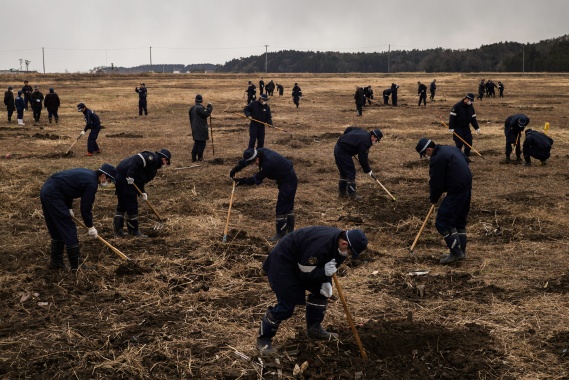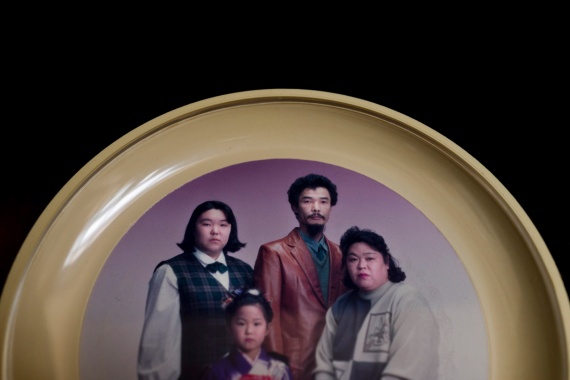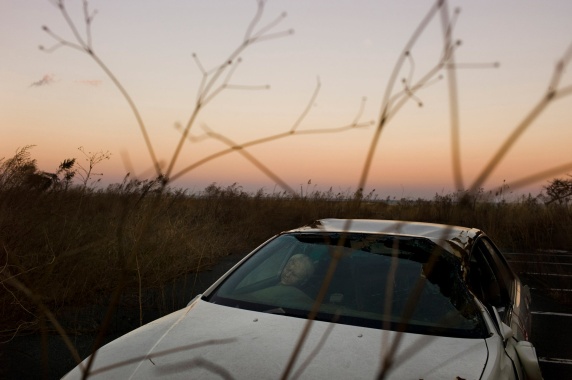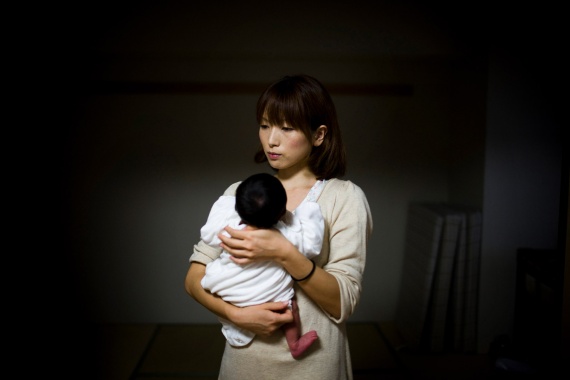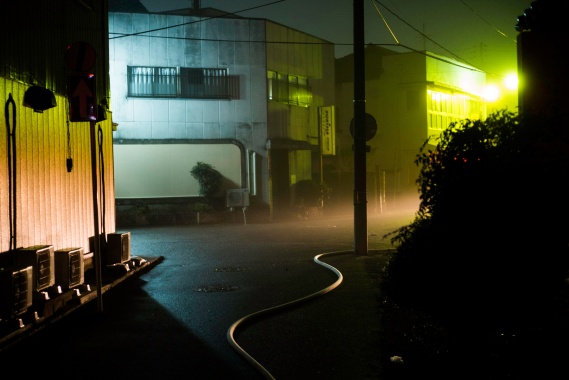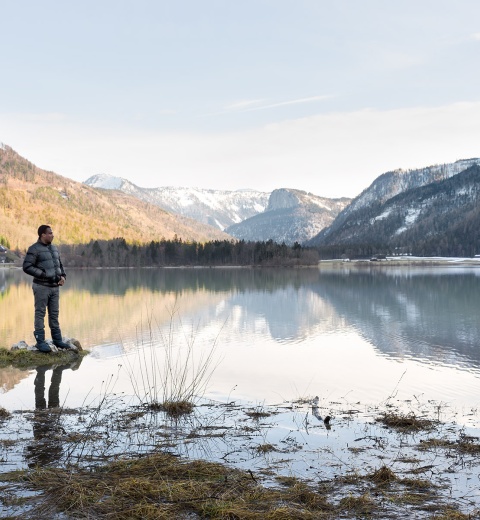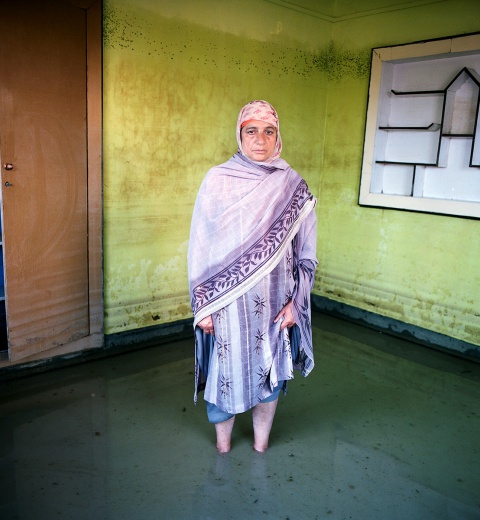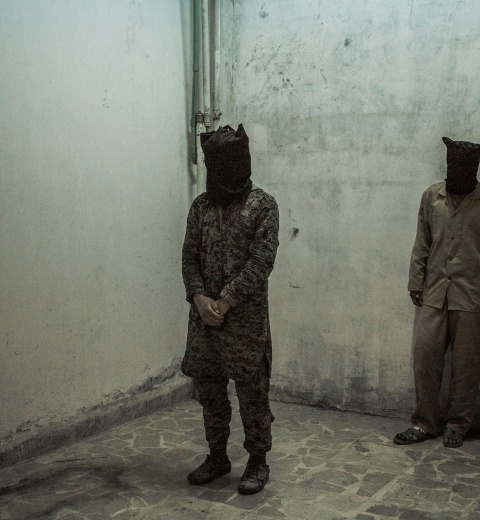Finalist 2017: Dominic Nahr
On March 11, 2011, the worst earthquake in Japan’s history took place off the country’s eastern coast. The resulting tsunami cost the lives of around 20,000 people, destroyed thousands of houses and impacted the Fukushima Daiichi nuclear power plant with full force – a worse-case scenario, where the area surrounding the homes of countless people was declared an exclusion zone. Dominic Nahr has visited the area ten times since then, to work on his long-term project, ‘Nothing to see here’.
“Working in Fukushima is arduous, it’s difficult to get the right pictures. Nothing is happening, nothing is moving – yet there’s a threat there that needs to find its way into the pictures. I’ve been there ten times – the first one shortly after the catastrophe. Of course, I want to know what has changed since 2011. At the same time, I want to do something so that the people and their situations are not forgotten. I want to give them a voice.
With each visit I managed to be freer in my movements. People were told they should go back, that they were safe. They returned to areas that had been abandoned by many residents, and some are even living within the twenty kilometre zone around Daiichi, which you weren’t even allowed to enter at one point. They’ve returned to their daily lives. On the whole, it’s only nuclear plant workers who enter the ten kilometre zone. The highly contaminated areas are completely cut off, and can only be accessed with a special pass; they’re given to families who have houses or businesses in that area, so that they can visit them from time to time.
“Nothing is happening, nothing is moving – yet there’s a threat there that needs to find its way into the pictures.”
I met a mother who was worried for her children, only letting them play outside for a short while at a time. Another woman I met had lost her husband to cancer; he had been a nuclear plant worker. A year after his death, she too died. They left behind two daughters. There’s a place within the exclusion zone, where a bell that used to call people to meals still rings every day at noon and every evening. Nowadays, however, there’s no one left to come and eat. This gives rise to an oppressive feeling; even so, over a ten-year period, I want to return regularly to the scene of the disaster to document what has changed – in Fukushima, and in government policies in Tokyo.”
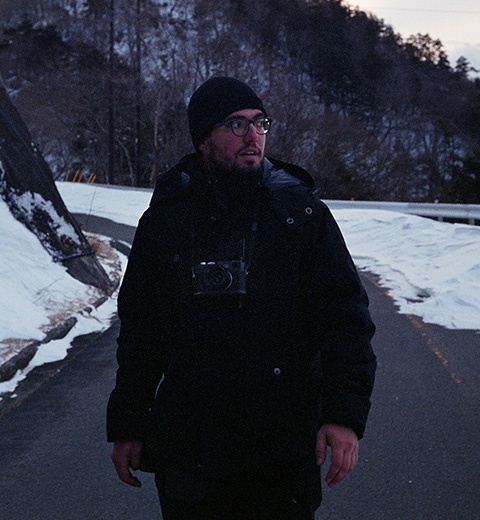
Dominic Nahr
Born in Switzerland in 1983, Nahr grew up in Hong Kong. He studied film at the Ryerson University’s School of Image Arts in Toronto, Canada. In 2004 he began working as a photographer for the South China Morning Post in Hong Kong, and in 2006 he went to East Timor for the AFP. Since then, Nahr has worked in crisis regions such as Congo, Sudan, Gaza and Iraq. He is the winner of numerous awards, including the Leica Oskar Barnack Newcomer Award 2009 for a reportage on the civil war in Congo, the World Press Photo Award and the Magnum Foundation Emergency Fund.
